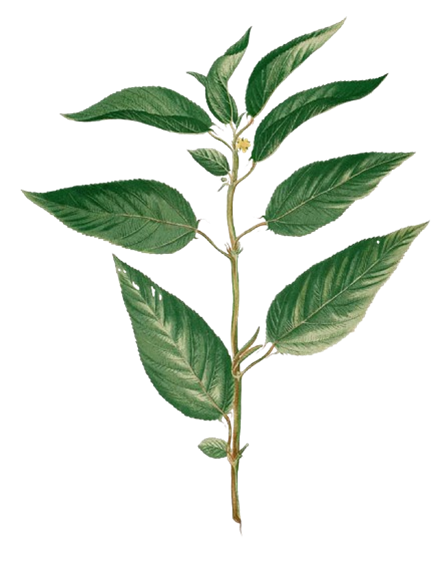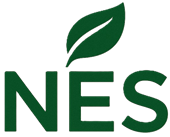Jute: History and Environmental Potential
Jute, often called the “golden fiber,” is a natural vegetable fiber primarily grown in South Asia, particularly Bangladesh and India. Its cultivation dates back over 5,000 years, initially used for making ropes, sacks, and mats. During the 19th century, jute became a major commercial commodity under British colonial trade, especially in Bengal, driving the growth of mills and export markets.
Today, jute is valued not only for its strength and versatility but also for its environmental benefits. Being biodegradable, recyclable, and carbon-neutral, jute offers a sustainable alternative to synthetic fibers and plastics. Products such as eco-friendly bags, packaging materials, and geotextiles demonstrate its potential in reducing plastic waste and promoting a circular economy. With growing global demand for sustainable materials, jute’s role in environmentally responsible manufacturing continues to expand.

Why Choose Bangladeshi Jute Products?
Bangladesh is the world’s leading producer of high-quality jute, known for its strength, durability, and versatility. Jute is 100% natural, biodegradable, and eco-friendly—making it an ideal alternative to plastic and synthetic materials in today’s sustainability-focused market. By sourcing jute products from Bangladesh, you not only gain premium quality at competitive prices but also align your brand with environmental responsibility, meeting the growing consumer demand for sustainable products.
